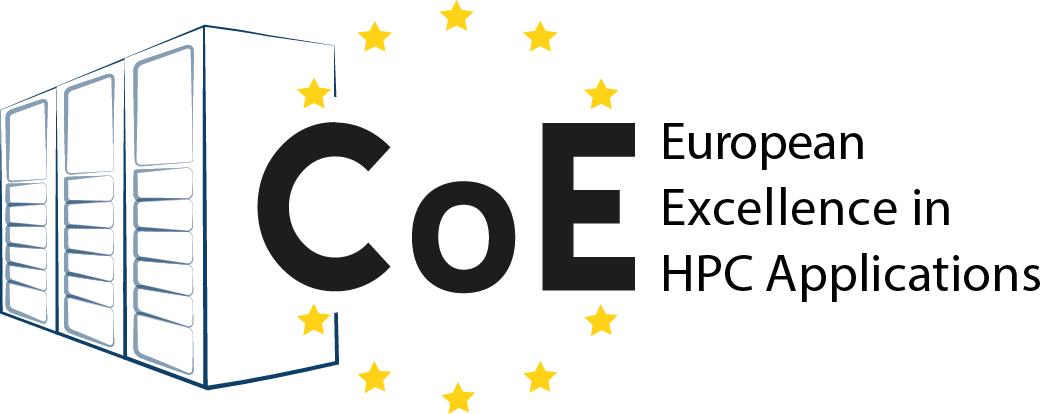- Homepage
- >
- System Simulations
SimGrid
SimGrid is a framework for developing simulators of distributed applications that executed on distributed platforms, which can in turn be used to prototype, evaluate and compare relevant platform configurations, system designs, and algorithmic approaches.
SimGrid provides ready to use models and APIs to simulate popular distributed computing platforms (commodity clusters, wide-area and local-area networks, peers over DSL connections, data centers, etc.) As a result, SimGrid has served as the foundational technology for developing simulators and obtaining experimental results for a wide range of distributed computing domains: Grid computing, P2P computing, Cloud computing, Fog computing, Volunteer computing, HPC with MPI, MapReduce.
SimGrid is accurate, scalable, and usable
- Accurate: SimGrid’s simulation models have been theoretically and experimentally evaluated and validated
- Scalable: SimGrid’s simulation models and their implementations are fast and have low memory footprint, making is possible to run SimGrid simulations quickly on a single machine
- Usable: SimGrid is free software (LGPL license) available on Linux / Mac OS X / Windows, and allows users to write simulators in C++, C, Python, or Java.
CoE: POP
Dimemas
Dimemas is a performance analysis tool for message-passing programs. It enables the user to develop and tune parallel applications on a workstation, while providing an accurate prediction of their performance on the parallel target machine. The Dimemas simulator reconstructs the time behavior of a parallel application on a machine modeled by a set of performance parameters. Thus, performance experiments can be done easily. The supported target architecture classes include networks of workstations, single and clustered SMPs, distributed memory parallel computers, and even heterogeneous systems.
For communication, a linear performance model is used, but some non-linear effects such as network conflicts are taken into account. The simulator allows specifying different task to node mappings.
Dimemas generates trace files that are suitable for Paraver enabling the user to conveniently examine any performance problems indicated by a simulator run. The analysis module performs critical path analysis reporting the total CPU usage of different code blocks, as well as their importance for the program execution time. Based on a statistical evaluation of synthetically perturbed traces and architectural parameters, the importance of different performance parameters and the benefits of particular code optimizations can be analyzed.
CoE: POP
